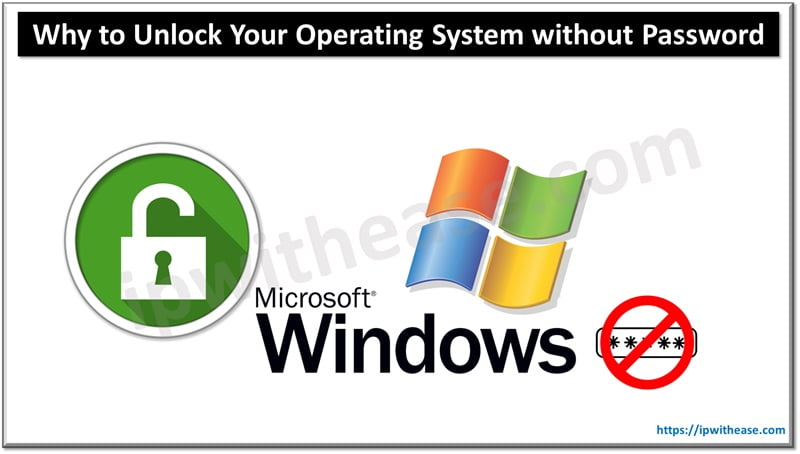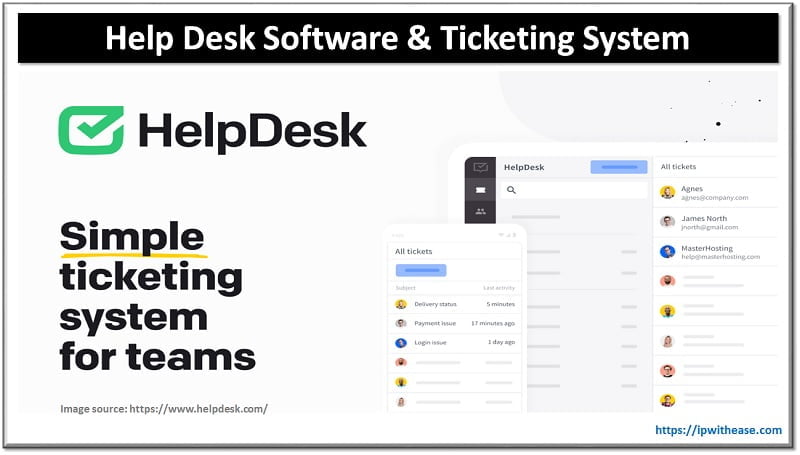Table of Contents
Billing is an essential procedure for almost every firm that has to collect money on a large scale. It may either enhance and speed up cash flows or lead to revenue leaks, payment delays, and major customer unhappiness.
Motivated by the need to steer clear of such unfavorable outcomes, businesses across all sectors choose to start fresh when creating a billing system, making sure that the finished product perfectly suits their requirements.

What is Billing System Software?
A billing system software is a software category that provides companies with various tools to monitor and manage their invoicing and payment procedures. Automating repetitive operations, including generating and sending invoices, maintaining client accounts, and retrieving incoming payments, is the main objective of putting such technologies into place. As a consequence, the whole billing process may be greatly shortened, giving staff members more time to focus on intricate and creative activities.
These software come in two varieties:
- prefabricated solutions (universal or sector-specific);
- proprietary accounting systems.
Businesses may begin utilizing such solutions with basic capabilities much more quickly if they choose the first choice. On the other hand, paying for billing software development services may be seen as an assurance that you will get instruments that accurately capture the uniqueness of your company and, thus, exhibit increased effectiveness.
Types of Billing Systems
There are four main categories of billing systems: milestone, recurring, hourly, and flat-rate invoicing. Let’s examine each in more detail:
Flat-rate Pricing
For companies that provide fixed-price services, such as website design or graphic design, flat-rate pricing is used for invoices. Regardless of the actual time needed to finish the job, customers agree to pay a fixed sum for a given service when using this strategy.
Hourly rate Pricing
Businesses that provide services with variable time needs, such as consulting or legal work, might invoice using hourly rate pricing. In this instance, the service provider bills the customers according to the real number of hours worked.
Milestone-based Billing
Milestone-based billing is tying payment to the completion of certain project milestones. This method promotes prompt completion by all parties and helps to prevent surprises at the end of large projects.
Recurring Billing
The automatic payment of recurring services, such as subscriptions, is known as recurring billing. Recurring invoices may be scheduled to be created and sent out on a weekly, monthly, or yearly basis.
The best invoice-based billing system to use will mostly rely on your business and the kind of goods or services you provide to clients.
What is the need to Create Custom Invoice Software
A single template is followed by customized patterns in all papers created by customized billing software development, which addresses the most urgent invoicing problems. An automatic program flags any problems and verifies that the invoice was delivered and received accurately.
- You Must Exercise Efficiency Control: The business may streamline invoicing and concentrate again on important tasks by putting in place a billing platform. The program determines how many bills are issued, tracks responses, and makes sure the distribution proceeds without a hitch. The program unifies storage for all bills and handles documentation as well. Finding any invoice by name, customer, creation date, and other information is made simple by the database.
- You Want To Synchronize Many Invoices At Once: Making invoices by hand, one at a time, is an extremely ineffective method. Managers may create a template and the tool will fill in the specifics manually when a firm utilizes custom billing software. Owners of businesses may establish many templates and alter them according to target segments, offers, seasons, and other variables to further boost productivity. The ideal alignment between invoices and the company’s overall promotional strategy is for the invoices to be updated in tandem with any changes made to the website’s color scheme.
- After Payment, Client Reports Take A Lot Of Time: Payment confirmations don’t need to be manually sent. Although sending invoices to customers is a great method to remind them of the services your business offers, it works best when done in a well-organized process. By using automated invoicing software, you can design a customized, adaptable schedule that dictates how often a certain customer receives a confirmation and a follow-up.
- Invoices Can’t Be Properly Organized: Invoice collection handled manually may be quite time-consuming. The more customers you have, the more daunting it becomes to filter the data by date, client, and offer. Manually managing invoices isn’t scalable enough for businesses to handle all of their clients’ paperwork. Since the files include your customers’ information, storing invoices shouldn’t be treated carelessly. This private data may be easily compromised if you don’t have safe, encrypted storage.
- Internal Payments Can Not Be Keep Track Of: A single nation, currency, or payment method is no longer sufficient for today’s multinational corporations. Payments are sent to various digital wallets by clients, and businesses must handle payment conversion and commission tracking. Invoice management solutions are essential for expanding successfully into foreign markets.
Best Practices
- Reactivity on mobile devices. Many employment duties must be completed on the move due to the current lifestyle and remote and hybrid work arrangements. It is crucial to ensure that your software is both aesthetically pleasing and completely usable across a range of devices with varied screen sizes.
- Compatibility across several platforms. Enabling your client billing system to function across a variety of hardware and operating systems is advised. This will provide all possible program users with the necessary ease.
- Effective user interface. To improve the clarity of the overall operation and establish a hierarchy, make the interface as basic as feasible and include similar visual components and typography.
Conclusion
Due to their ability to measure and forecast income, monitor client payments, and improve customer relations, invoices are essential to financial management. In addition to showcasing a business’s products and services, a personalized invoice encourages client loyalty. You may design your billing system to ensure that everything runs well and that you have control over the invoicing process. Creating your invoices from the start might be a difficult and demanding undertaking, but it’s also a fantastic method to increase revenue and simplify company procedures.
Continue Reading:
What is the difference between Sandbox & Development Environment?
Software Testing for Your IT Business
ABOUT THE AUTHOR
IPwithease is aimed at sharing knowledge across varied domains like Network, Security, Virtualization, Software, Wireless, etc.



